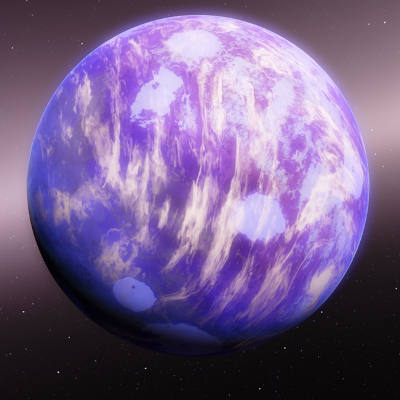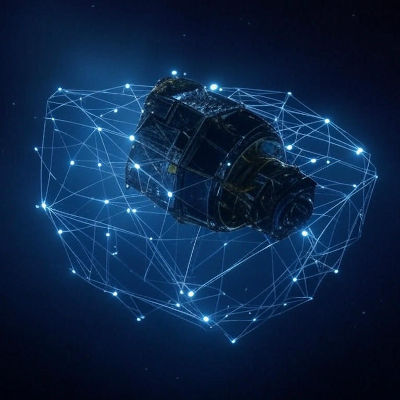Can humans endure long-term living in deep space?
Apr. 12, 2023.
1 min. read.
4 Interactions
Earth to Elon: Read this first!
Probably not, suggests a new “Pancosmorio” (world limit) theory of the sustainability of human migration and settlement in space, proposed by scientists at the Carl Sagan Institute at Cornell University and Norfolk Institute.
The first key is gravity, which Earth life needs to function properly, a group that aims to solve problems of human resilience on Earth and in space.
“Humans and all Earth life have evolved within the context of 1G of gravity,” the scientists note in a paper and in “Humans need Earth-like ecosystem for deep-space living,” an article in Cornell Chronicle, April 12, 2023. “Our bodies, our natural ecosystems, all the energy movement and the way we utilize energy are fundamentally based upon 1G of gravity being present, notes Lee Irons, executive director of the Norfolk Institute,
“Gravity induces a gradient in the fluid pressure within the body of the living thing to which the autonomic functions of the life form are attuned. An example of gravity imbalance would be the negative affect on the eyesight of humans in Earth orbit, where they don’t experience the weight necessary to induce the pressure gradient.
“Oxygen is another key factor. Earth’s ecosystem generates oxygen for humans and other life forms. If a technologically advanced primary and a back-up system failed to provide oxygen for the Moon base, for example, it would mean instant doom for the astronauts.”
Citation: Irons, L. G., & Irons, M. A. (2023). Pancosmorio (world limit) theory of the sustainability of human migration and settlement in space. Frontiers in Astronomy and Space Sciences, 10. https://doi.org/10.3389/fspas.2023.1081340
Let us know your thoughts! Sign up for a Mindplex account now, join our Telegram, or follow us on Twitter.


.png)

.png)


.png)






4 Comments
4 thoughts on “Can humans endure long-term living in deep space? ”
🟨 😴 😡 ❌ 🤮 💩
🟨 😴 😡 ❌ 🤮 💩
🟨 😴 😡 ❌ 🤮 💩
🟨 😴 😡 ❌ 🤮 💩